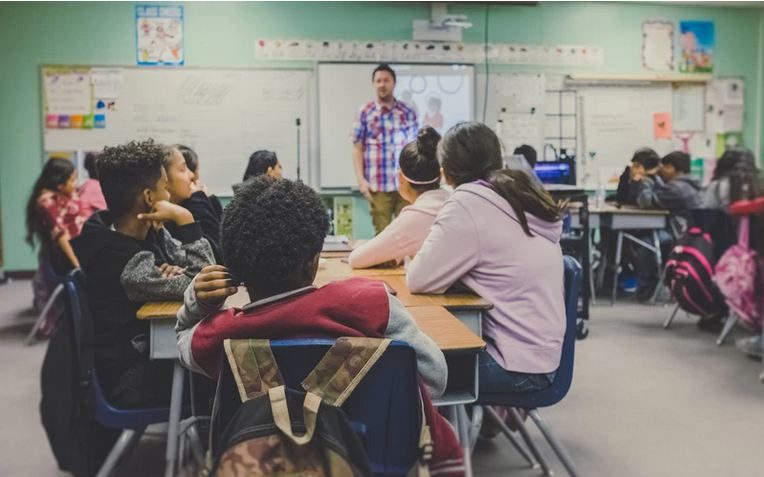John Schindler of Cal State LA once said:
“The power of [competition’s] effect makes its use very tempting. Little else gets a group of young people more energized than competition.”
While competition has always been historically useful in building problem-solving skills, teamwork, and empathy, is it always positive for the learning process?
The Negatives of Competition in the Classroom
Competition, both in the classroom and out of it, is so ingrained in our psyche that many people have developed a mindset that operates at peak performance only in competition. While it certainly does have plenty of benefits, there are negatives too.
These negatives often manifest itself in the reward system that governs the game. This is because the better the reward, the more risky behavior the students will take to achieve this. This means that turning a good grade into a finish line can diminish the effectiveness of lessons: instead of focusing on learning, students will focus on winning. This is where negative behaviors like cheating come out: it doesn’t matter how you cross the finish line, what matters is that you cross it.
Not only that, it also encourages sloppy work. If the goal of the class is to produce a grade or a project at a given time period, and there is a reward for turning it in on time, then there’s no need to focus on increasing the quality of your work, it only matters that you pass something that barely meets requirement.
But what about competitions in group work? This is where it becomes even scarier: pitting two groups of children is bad enough (if Lord of the Flies is any indication), but children in the same group can also be detrimental. During competitions, you run the risk of turning students against one another: instead of seeing their group mates as people, they might see them as tools to be used, a stepping stone to achieving a goal. . This will teach students to value others based on their contribution rather than their intrinsic value as people. An environment like this breeds exclusion, and eventually, bullying. This would be different in a collaborative environment, but in a competitive one, this is a prominent risk.
Competition also encourages an unhealthy fear of failure. Learning is all about trial-and-error, but in a competitive setting, error usually translates to failure. If this kind of environment is encouraged, it creates a space where students don’t learn out of a love for learning, but rather, they learn because of a fear of missing out on the rewards, with every misstep dealing a huge blow to their self-esteem and self worth.

And finally, competitions can also damage the trust between teachers and students. In a hyper-competitive environment, failure can be viewed not as an error on the students behalf, but as bias from the teacher. Because the system encourages only winners, every student becomes cutthroat and will not hesitate to blame their failures on someone else, despite any evidence to the contrary.
Of course, these are extremes, but these are also possibilities. While it won’t necessarily happen, competition increases the likelihoods of those scenarios happening.
So now that we’ve seen the negative, let’s look at the positive:
The Benefits of Competition in the Classrom
A healthy sense of competition can be highly beneficial to children. First of all, competition can be fun, especially if it’s done just out of sheer enjoyment rather than for any tangible prize. It can also be used to motivate students, if done in a healthy manner.
When competition is encouraged in a controlled and healthy manner, it can teach students to learn while under pressure. This becomes especially useful later in life, where the rigors of employment and other adult responsibilities loom at every corner. Competition can be essential in teaching children the value of working for a goal. Just make sure to set parameters of success that still encourage learning.
Competition in the classroom can also teach another valuable lesson: getting the student to realize truths about themselves. Competition puts pressure on children, which can bring out either the best or the worst out of them. In doing so, you as an educator can address these issues and provide solutions to stall the negative or to support the positive. It also helps shape their personality and how they interact with scenarios in the future.

Encouraging competition also helps students learn more about how they interact with people. As an educator, you should guide them to interacting with their peers in a healthy, compassionate, and positive manner. This will help them develop positive mindsets that they will bring with them to adulthood.
And finally, competition teaches children how to be tough. Failure is an option, but unfortunately, many kids today are ill-prepared to face failure. They are emotionally distraught and are willing to give up. Teaching through the use of competitions, however, will allow you to create a system that encourages students to try and try again, a system that entices them to get up from every failure and take it as a personal challenge to be better.
